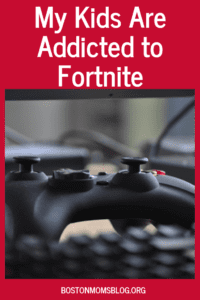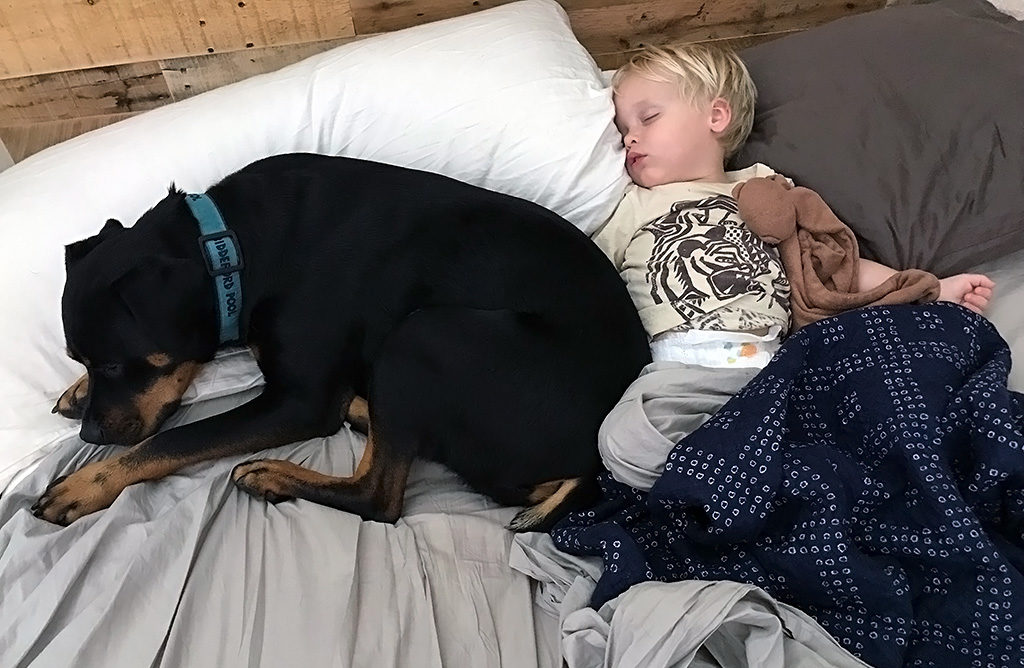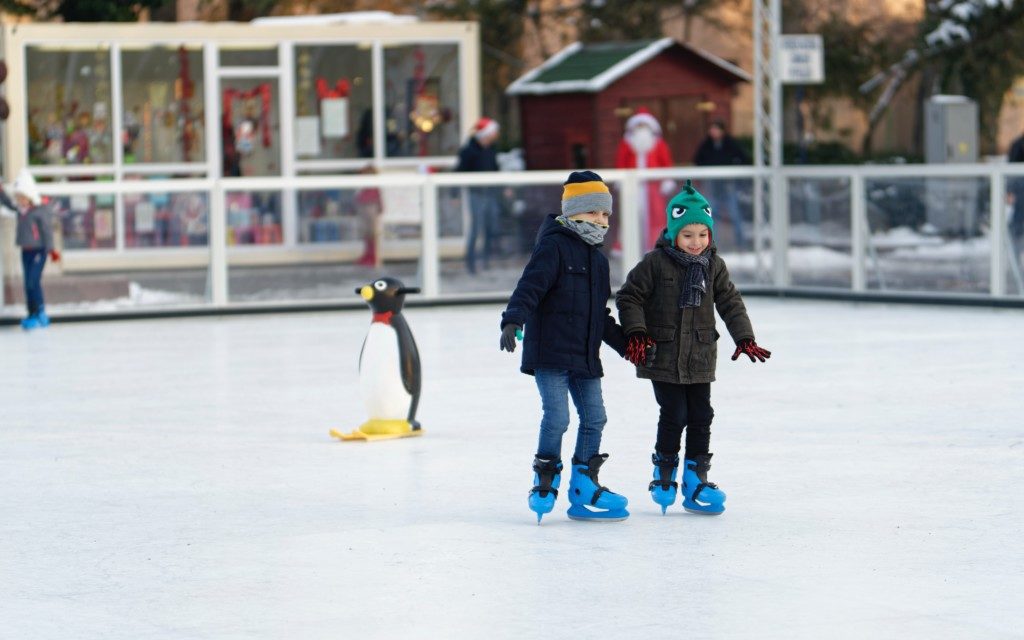I went to Catholic school. For many people, this statement conjures up images of plaid skirts and nuns with rulers who would whack you the second you stepped out of line. Yes, I did wear plaid pretty much every single day, and I did have some very strict teachers (but only one nun). Going to Catholic school also meant any sort of population with special needs was non-existent. While there were some students whose learning differences required some support, there was no special education teacher on staff. Students who needed an IEP (individualized education program) went to local public schools to get the modifications and accommodations they needed to access the curriculum.
Two months into my tenure as an instructional aide in a fourth-grade inclusion setting at a local elementary, I was shifted into a program for students on the autism spectrum, some of whom were non-verbal, had aggressive or self-injurious behaviors, and needed intensive daily support to accomplish a task as seemingly simple as pulling their pants up. I was TERRIFIED. Up until that point, I could honestly probably only think of fewer than five individuals with special needs that I had ever met in my life. I’m not proud of how nervous I was, but this environment was brand new to me.
Ten years later…
I loved those students so much that I changed my career path. I was an education minor with a master’s in an education field, so it only took a couple courses to get my teaching certification. Then, I ended up getting a second master’s degree in teaching students with severe special needs and have run substantially separate programs at the high school level for nine school years. Three years ago, I began co-advising a program at my school called Best Buddies. (Yes, the same one Tom Brady does the commercials for. No, I have never met him and probably never will.)
Best Buddies
Our school’s chapter is very active, with weekend events usually once a month. We take trips to the mall or a local mini-golf place, we host a big dance in March and a fundraising walk in the fall, and we set up movie and pizza nights. My son attends a good number of these events with me. My son, at 4 years old, has already had significantly more exposure to people with intellectual or developmental disabilities than I had in 24 years. To him, the students I work with are just “Mama’s friends” who like to give him high fives and tell him he has cool sneakers.
When we saw a student of mine at Target the day of the Super Bowl, my son LOVED comparing his Tom Brady shirt to my student’s Patriots shirt. He saw what they had in common — not that she walks with a bit of an unsteady gait, doesn’t always look at you while you speak to her, or that it can take a long time for her to get her words out. He and a boy in my Best Buddies chapter have the same name, and they both think that’s so cool. Not once has my son asked me why some of Mama’s friends seem to have a hard time talking when he can go a mile a minute (and does!). Not once has he commented on why some of Mama’s friends move very slowly and with a lot of support when he can run anywhere and everywhere (and does!).
Using questions to teach
I’m very sure these questions might someday come. They may not come about any of the students my son is familiar with. Maybe we’ll be in Target and he’ll see a girl in a wheelchair and wonder out loud to me why she isn’t walking. He might see a boy walking through the mall wearing headphone to block out the noise and ask why he has headphones if he’s not watching an iPad. Kids are curious, and my son is no exception. But I’m happy he will have a wealth of experience to draw on to understand my answers — You know how sometimes some of Mama’s friends have a hard time using their legs, handling loud noise, etc.
I’m not saying his exposure will help him become the most accepting, understanding human being in the world. But I am hoping he will grow up continuing to see the similarities — not differences — between himself and the other people of this world, whether or not they are able to walk or communicate the same way he does. And I hope he always sees that they both love the Patriots.
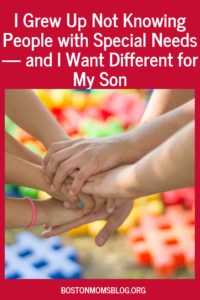








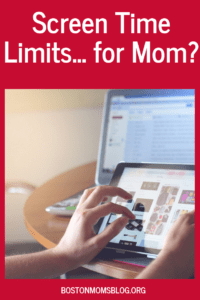

 I’m sorry that we’re nerds now. Well, we were before, but now we really own it. I’m sorry you have to live in a house with so many whiteboards. I’m sorry when “Weird Science” comes on the TV you have to hear an explanation of why the computer the two nerds are using has 1,000 times less power than a cell phone and how the whole movie loses all credibility due to that. Because apparently other than that one fact, the movie is completely credible.
I’m sorry that we’re nerds now. Well, we were before, but now we really own it. I’m sorry you have to live in a house with so many whiteboards. I’m sorry when “Weird Science” comes on the TV you have to hear an explanation of why the computer the two nerds are using has 1,000 times less power than a cell phone and how the whole movie loses all credibility due to that. Because apparently other than that one fact, the movie is completely credible.


